Colors are an important part of the Chinese culture, with the national colors, red and yellow, regarded as an important aspect of Chinese culture. The color red is a symbol of power and also a symbol of the Chinese Communist Revolution. Yellow, on the other hand, is the symbol of wealth. But these two aren’t the only colors of great significance in Chinese culture, and if you are learning more about the Chinese culture and traditions, you know that there are specific colors that the Chinese believe to hold special meaning – they are considered the lucky colors. Beyond these, there are several other colors that hold special meanings to the Chinese culture, and understanding what they mean or depict is an important thing to anyone traveling to China or anyone trying to understand Chinese cultural systems and beliefs.
In this article, we’ll take you through everything you need to know about the meaning and significance of colors to the Chinese people, and also some interesting aspects about these colors. As a country that is quite rich in heritage, with colors used symbolically, an understanding of the meaning of these colors in various festivals, ceremonies and rituals are crucial.
For example, did you know that the five elements theory that encompasses Water, Wood, Metal, Fire, and Air all have a significant influence on Chinese beliefs and customs and that the color theory is based on these elements? Or that the top-5 most popular colors also correspond to the 5 elements?
Keep reading to learn more about colors and their influence on Chinese Culture.
How to say colors in Chinese?
The Chinese word for ‘Color’ is yánsè. Now in the Classical Chinese language, sè is a character that means emotion, or more accurately, color in the face. Generally, this term/ character, when used alone, was used to make reference to an implied sexual desire or, rather, desirability.
During the reign of the Tang dynasty, however, the word yánsè would be used to refer to ‘all color.’
Then there is the Chinese Idiom – Wǔyánliùsè, which describes most colors, and also means ‘colors in general.’
What are Chinese colors?
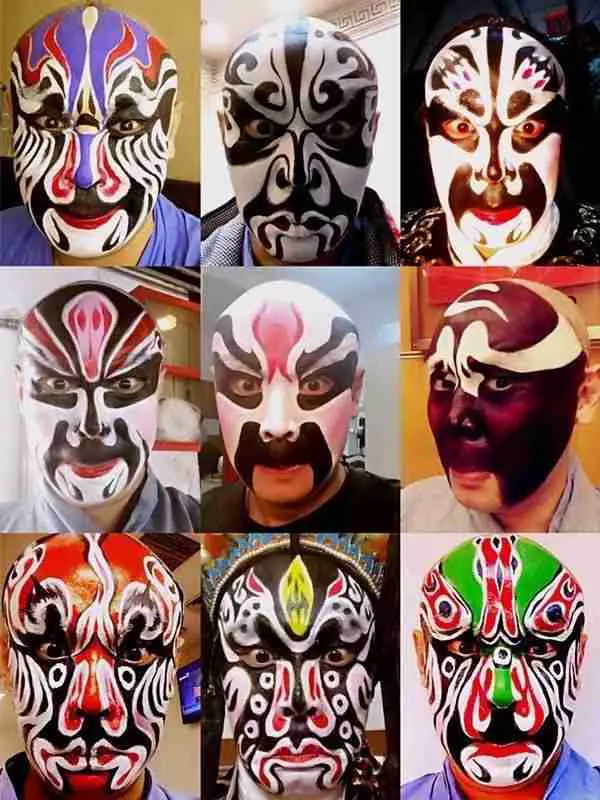
The Chinese national colors are red and yellow. These two are important colors of great significance to the nation of China. The color red symbolizes power as well as the Communist Revolution, while the color Yellow is a symbol of wealth.
Because of the power of these two colors, the most important aspects of Chinese cultures and traditions are marked by the use of elements made in red and gold. These include the National Emblem and the National Flag.
The color red symbolizes the Communist Revolution, which was led by the Communist Party of China. Along with the rest of the elements that make up the flag, the entire flag was designed to symbolize the Chinese people’s success and ability to overcome all the difficulties they faced, how they defeated their invaders and enemies and their success in revolutions and in various construction projects that they undertook.
The red and gold on the flag and emblem reflect the wishes of the Chinese people to be fortunate and successful.
What colors are offensive in China?

As mentioned above, colors are an important part of Chinese Culture. What stands out from these cultures is a strong belief that some colors are lucky and others are not just unlucky but offensive too. So, you wouldn’t want to wear some colors when in China, especially if partaking in important events.
Two colors are believed to bear negative meanings to the Chinese – Green and Black.
Essentially, black is considered an unlucky color that is often associated with infidelity, meaning that a man who wears green would be said to be married to an unfaithful wife.
Black is the other neutral color with a negative meaning. It is associated with secrecy and darkness. And in Chinese, the word Mafia often translates to ‘black society which is why black might not be a favorite color to the Chinese.
Unlucky colors in China
Black color is regarded as an unlucky color in Chinese culture. Black is believed to be associated with evil, destruction, sadness, cruelty, suffering, disasters, and profundity. Black is said to bring bad fortune, and black shouldn’t be worn to auspicious events or occasions like weddings.
The reason behind these negative associations has to do with the fact that the Chinese word for Black is Hei which stands for irregularity, bad luck, and illegality. As a result, the Chinese steer clear of black in their branding, etc.
What are lucky colors in China?

Red and Yellow are considered lucky colors in Chinese. Green is also a lucky color, although it can also be considered a neutral color because it carries some negative elements.
Red – when you think of Chinese festivities or politics, the color red comes to mind, and that is not just because it is a color that represents power, but also because red is a lucky color that symbolizes success, happiness, and good fortune. The color red represents fire, and it’s the most popular Chinese color. (Learn more: Why Is the Color Red Important in Chinese Culture)
Thanks to the power and positive symbolism around the color red, you will notice that red lanterns that adorn residences and businesses have double rows of red with the characters ‘Xi’, which means happiness, hence their use on doors and gates. People also wear a lot of red in China in festivities because it is a happy color.
Yellow is the other lucky Chinese color, and it symbolizes the power and royalty of the throne. Yellow also corresponds to the earth, but the color is reserve for the emperor, and it’s a symbol of royalty – the first Chinese emperor was called the Yellow Emperor.
Last is the color green. Though it may be associated with infidelity, this neutral color is a powerful color that symbolizes wealth, hope, regeneration, fertility, growth, and harmony. It’s also used to symbolize cleanliness and purity.
Colors And Their Meaning In China
What Does Black Mean In Chinese Culture
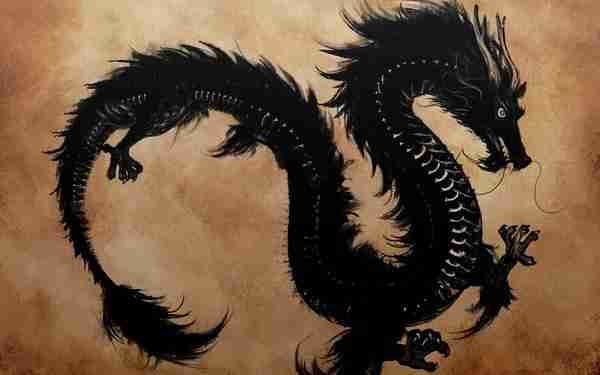
The color black is a symbol of the element water, meaning that in Chinese culture, water is represented by the color black rather than the traditional blue that the rest of the world associates with water.
However, black isn’t the happiest color in Chinese symbolism, and it’s believed to symbolize sadness, cruelty, destruction, and evil. As mentioned above, Black (hei) means bad luck, illegality, and irregularity.
The good news is that these negative denotations around black don’t apply to kitchens where black is a gorgeous color for kitchen décor.
What Does White Mean In Chinese Culture
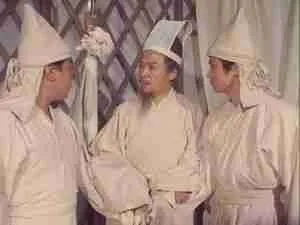
While it represents metal in Chinese, it also symbolizes innocence and purity. However, there are notable circumstances where the color white is linked to death, which is why most Chinese people wear white to funerals. Today, however, things have changed, and there is a lot of white used in the consumer markets.
What Does The Color Red Symbolize In Chinese Culture
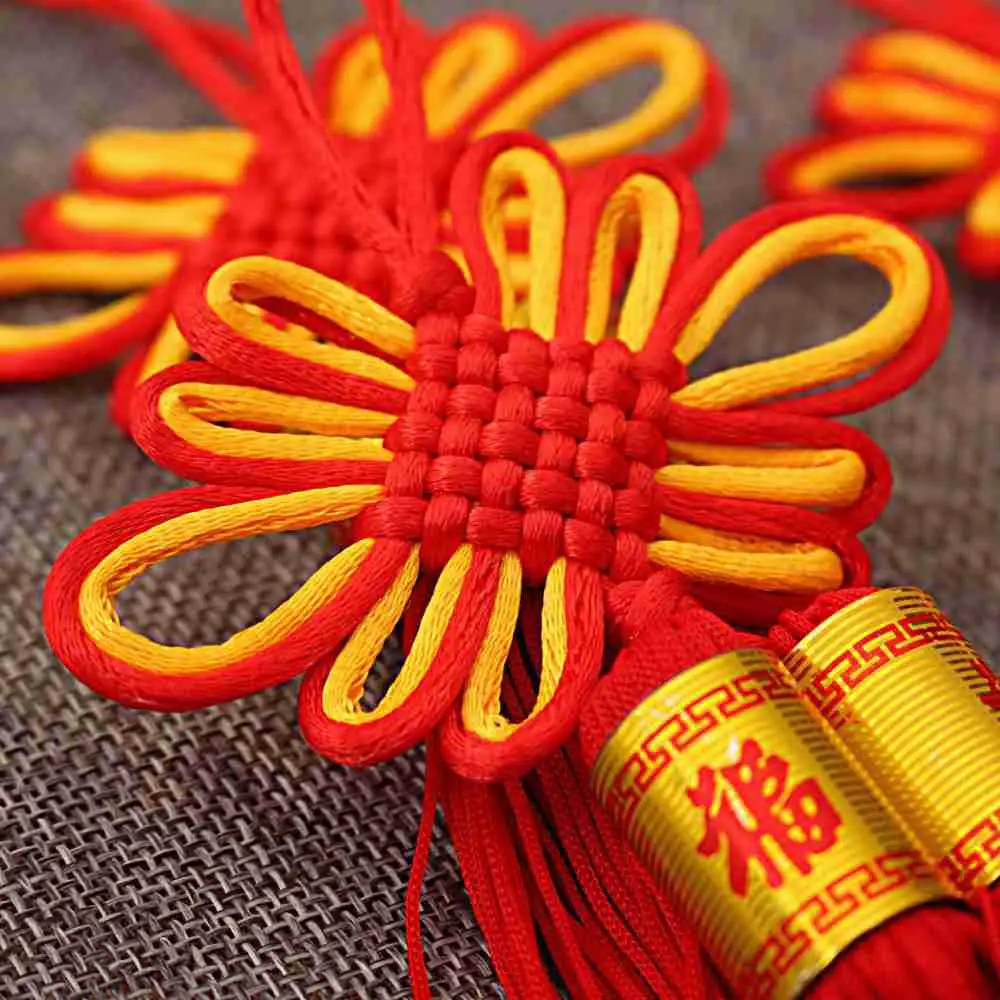
There is a lot of red used in Chinese. For starters, red symbolizes Fire as an element. It is also a lucky number that symbolizes joy, good luck, and happiness. As a result, red is used as a representation of vitality, celebration, or fertility.
At weddings, red is the color of choice for brides, a choice made by traditional Chinese cultures because the color red is believed to have the power to ward off evil. Homes and kitchens are also decorated red because this color is believed to attract good luck into your home.
The color red is also used to represent the summer season, along with the element it’s associated with.
In Chinese societies, people would exchange a red envelope with money during special occasions and holidays, with the red color of the envelope believed to symbolize good luck while holding the power to ward off evil spirits.
What Does Pink Mean In Chinese Culture
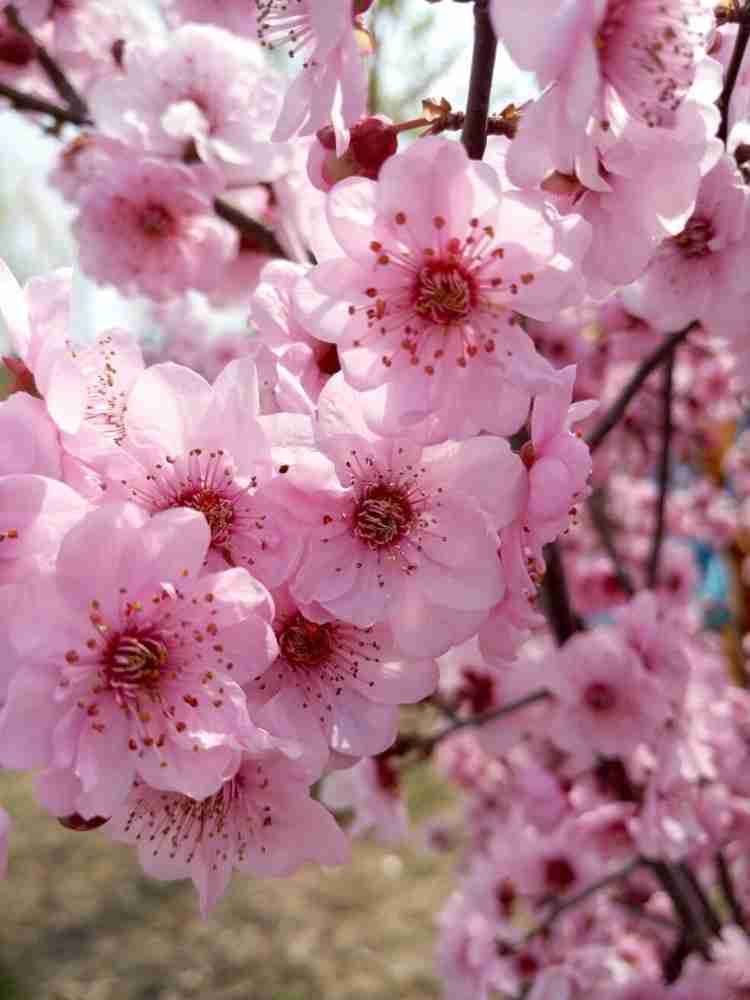
Pink in Chinese is fěn sè, and it is regarded as a shade of red. As a result, pink is believed to hold the same positive symbolism as red, and it will bring you joy and good fortune.
What Does Green Mean In Chinese Culture
The color green carries the same meaning in traditional Chinese and western symbolism. In the West, this color is believed to be a symbol of wealth, eco-friendliness, harmony, and growth. And in Chinese culture, the color green (lǜ sè) symbolizes cleanliness and also purity from contamination. Green is often used in descriptions for organic things such as organic milk, which is called Green Milk in China, and the pesticide-free plants/ veggies/ fruits called green veggies, etc.
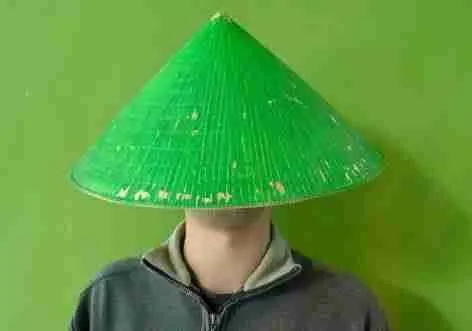
When used in home décor, green represents good health and appreciation for the environment.
Beyond these positive aspects of the color green, this color is more of a neutral color, and there are circumstances where the color green symbolizes bad luck, and wearing green would be considered offensive. The negative symbolism around the color green started off in the Yuan Dynasty that dates back to circa 1279 – 1368. During this time, family members of prostitutes would be forced to put on green hats, The same beliefs have been carried on to date, and a person wearing a green hat in China is doing that to let the world know that their partner was unfaithful.
What Does Yellow Mean In Chinese Culture
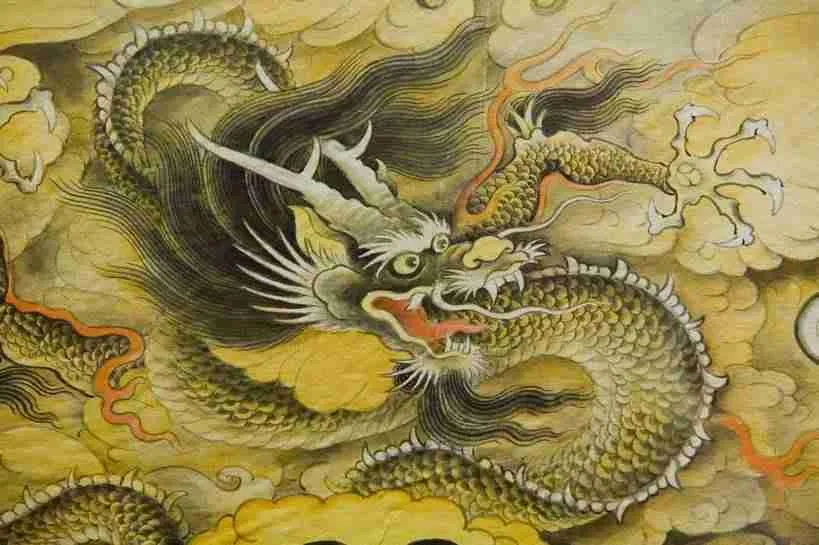
Yellow, also known as huáng sè, represents the Chinese element of the Earth. It is a symbol of neutrality and is believed to bring forth good luck, which is why it’s often paired with red.
As mentioned above, this color symbolizes power, prosperity, and royalty. And in Imperial China, yellow was known as the Emperor’s Color.
What Does Blue Mean In Chinese Culture

Blue is lán sè in Chinese, and despite what the Chinese feel about blue cheese, Blue is a powerful color that’s associated with trust, healing, and calm.
What Does Purple Mean In Chinese Culture

Purple (zǐ sè) symbolizes divinity and immorality – this has always been the case, even in ancient times, and the symbolism around the color black is the same to date. However, the meaning of the color purple seems to lean more toward love and romance, especially among the younger generations.
What Does Gray Mean In Chinese Culture

Last, we have the color gray (huī sè), which symbolizes unassumingness and humbleness. In ancient Chinese societies, ordinary Chinese people would wear gray clothes, and they had their homes painted gray. Things are different today, and gray is associated with something dark or tarnished, or gloomy weather, or even emotions.
As you can see, colors are an important part of Chinese culture, and understanding what they mean will protect you from side looks.